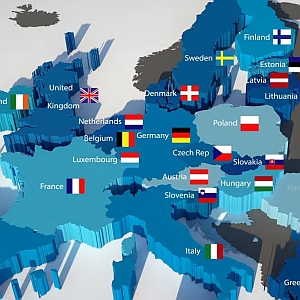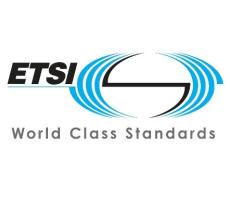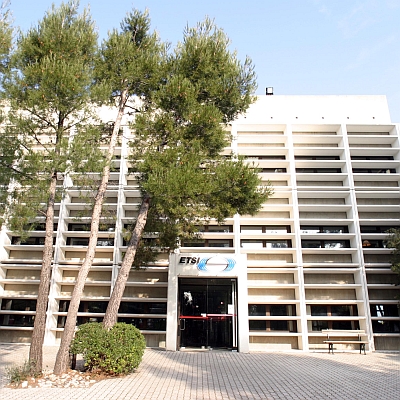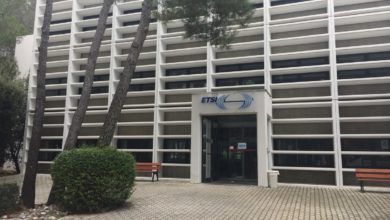Gerald MCQUAID, ha partecipato al Comitato Tecnico di rivista come ex Vodafone Group responsible for national security obligations. Chairman of ETSI Technical Committee for Lawful Interception and attending ETSI TC CYBER and 3GPP SA3 LI since 2004. Member of the EU Data Retention Experts Group under the auspices of the European Commission.
 ETSI LI & RD Status (Sept. 2019)
ETSI LI & RD Status (Sept. 2019) ETSI INTERFACE TO IMPLEMENT EUROPEAN INVESTIGATION ORDERS (EIOs)
ETSI INTERFACE TO IMPLEMENT EUROPEAN INVESTIGATION ORDERS (EIOs) LAWFUL INTERCEPTION IN VIRTUALIZED NETWORKS (Sept. 2017)
LAWFUL INTERCEPTION IN VIRTUALIZED NETWORKS (Sept. 2017) ETSI LI & RD Status (Feb. 2017)
ETSI LI & RD Status (Feb. 2017) LEMF TO LEMF INTERFACE TO SUPPORT EUROPEAN INVESTIGATION ORDERS (EIOs)
LEMF TO LEMF INTERFACE TO SUPPORT EUROPEAN INVESTIGATION ORDERS (EIOs)